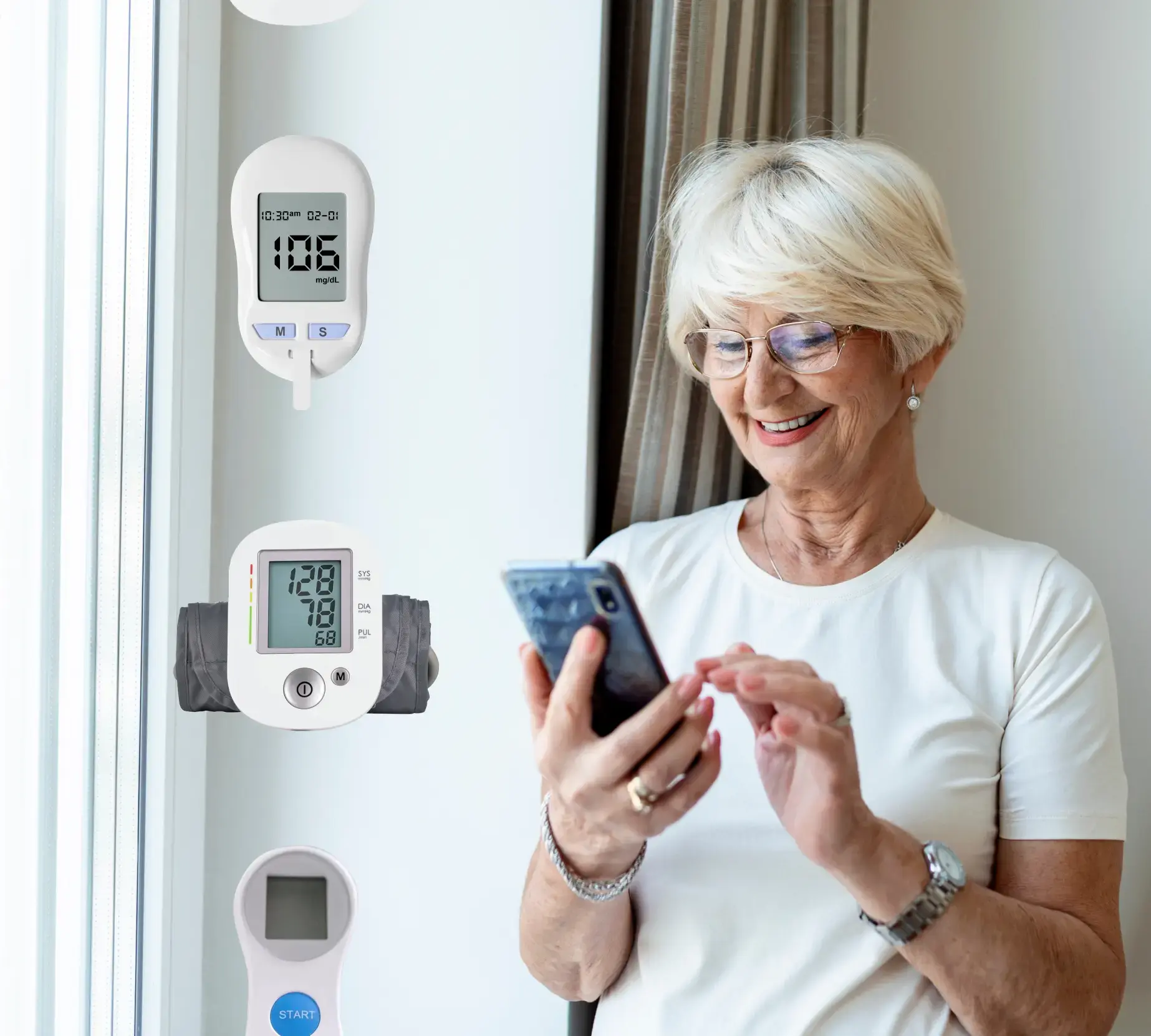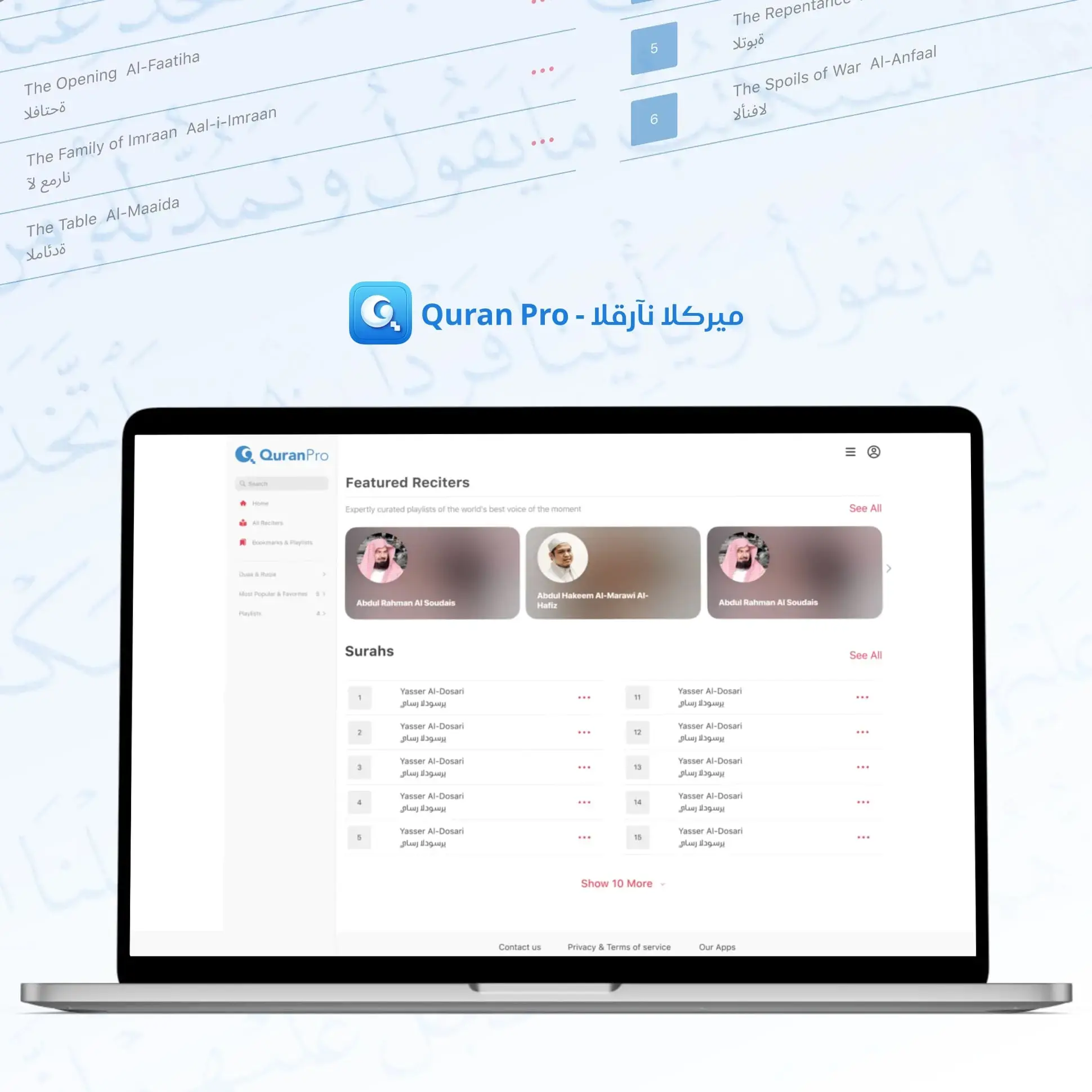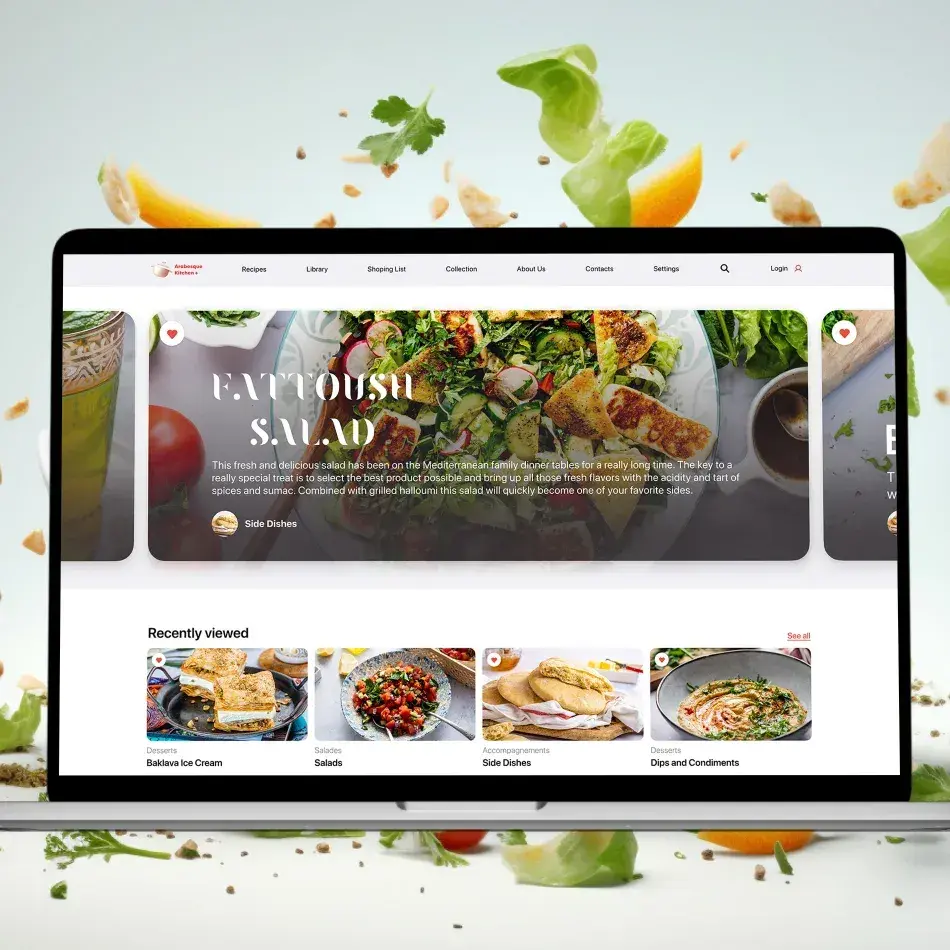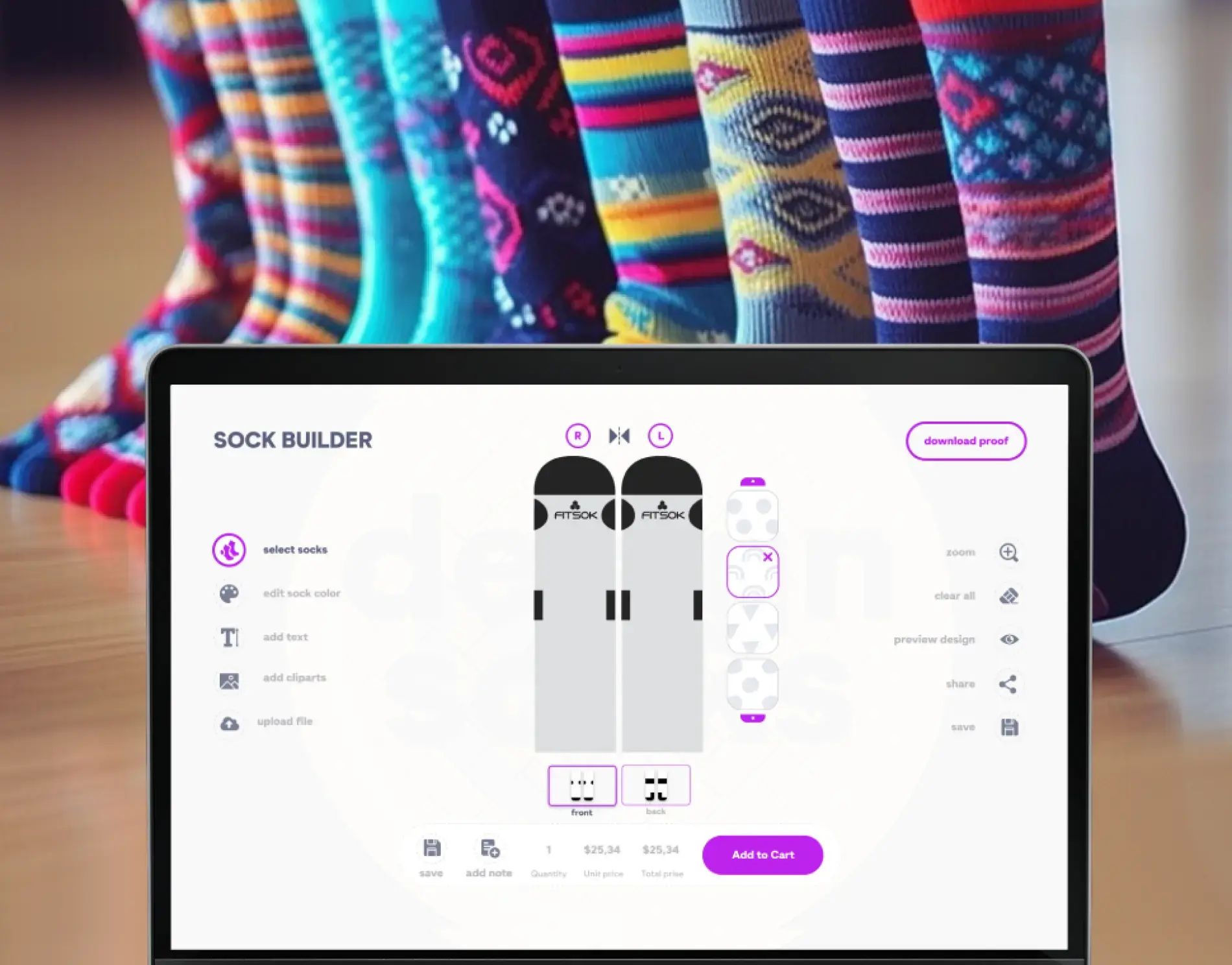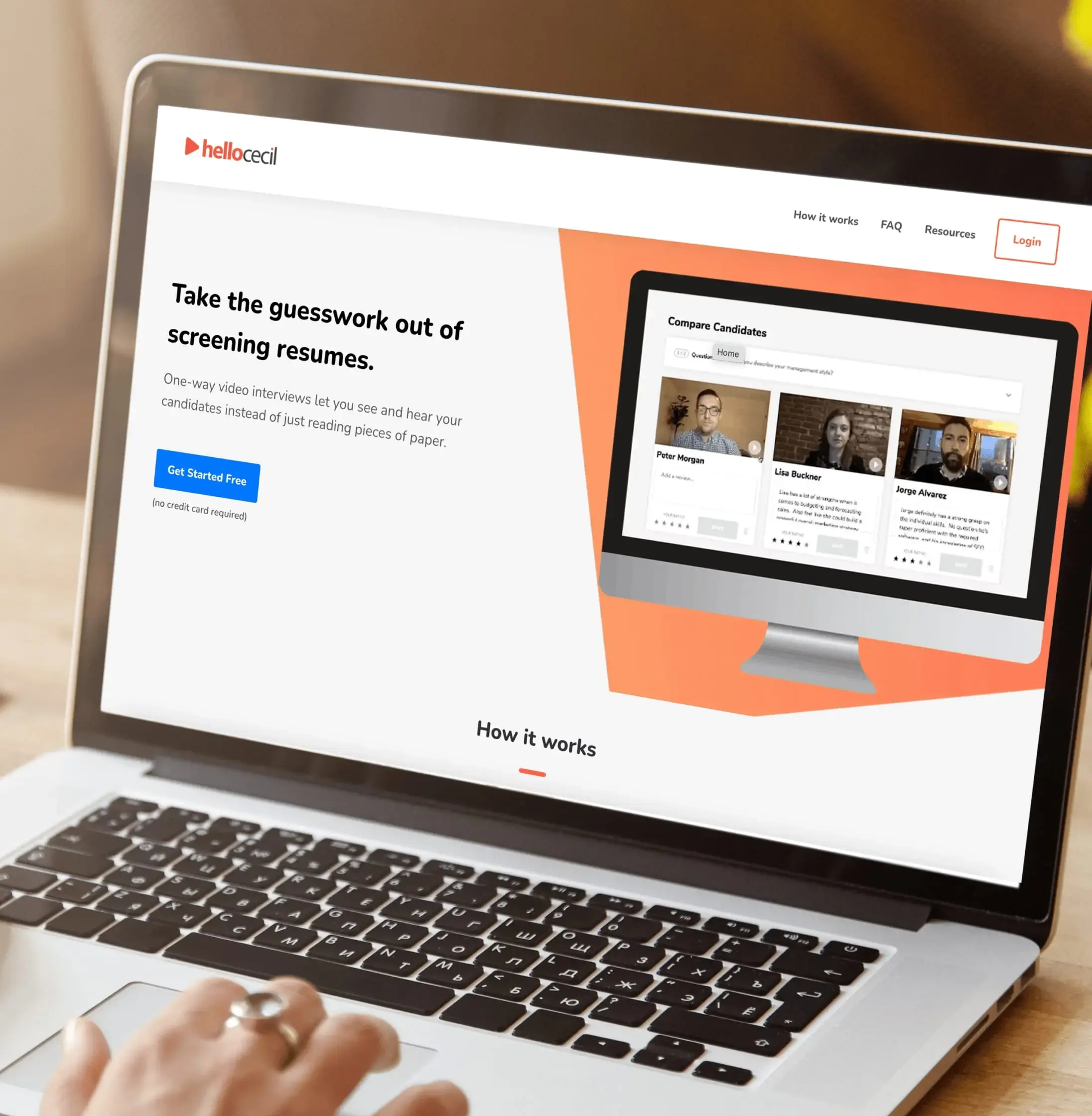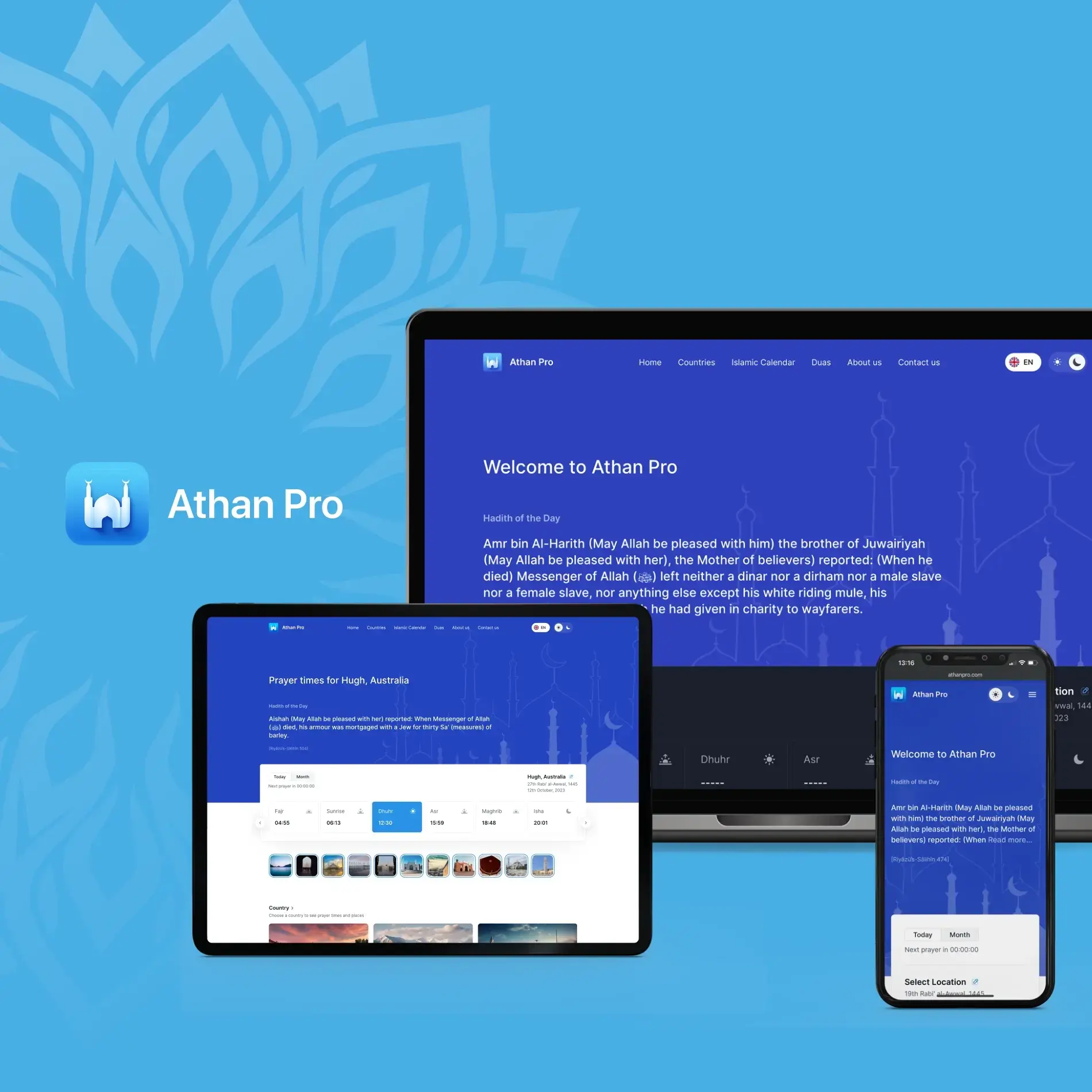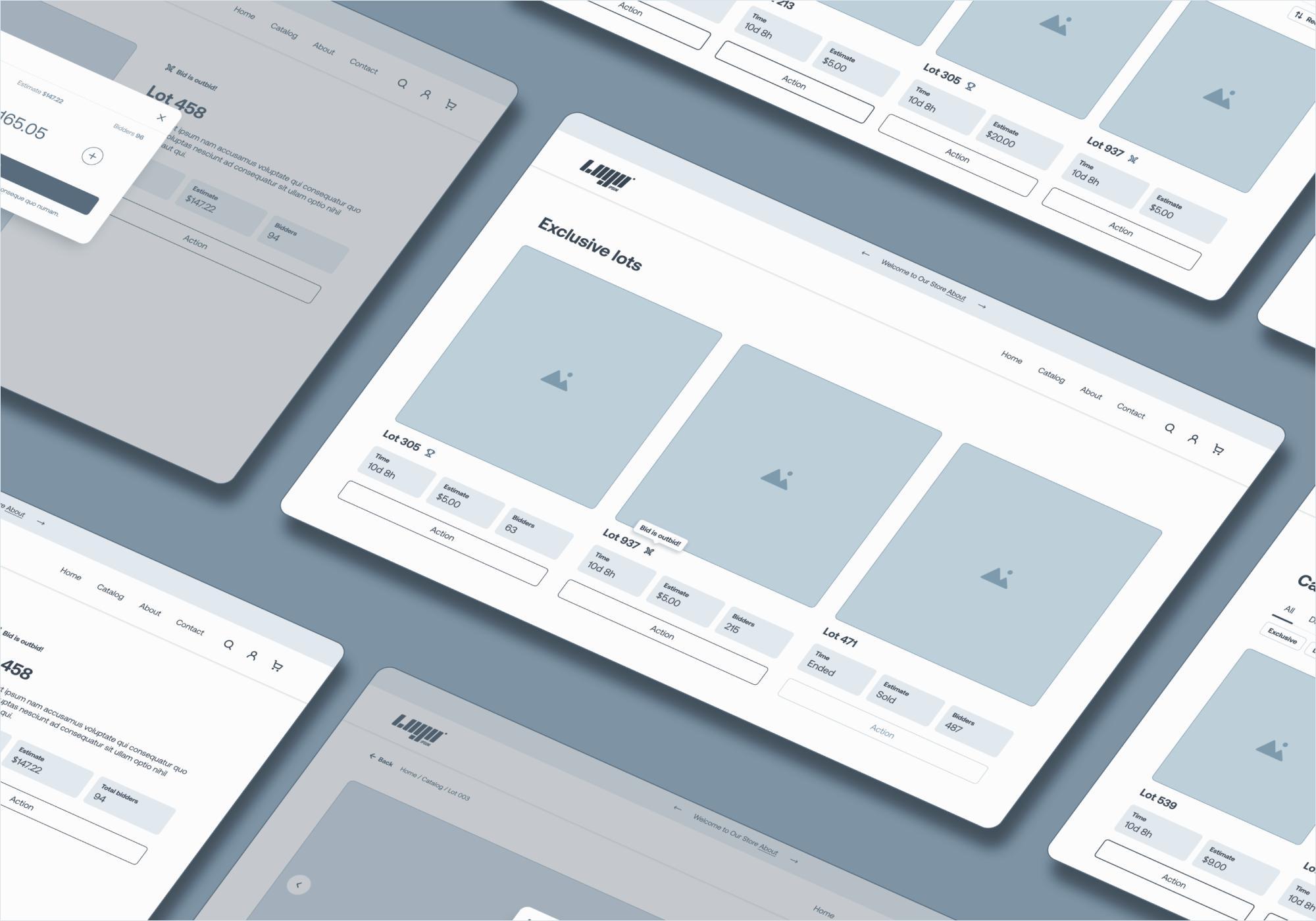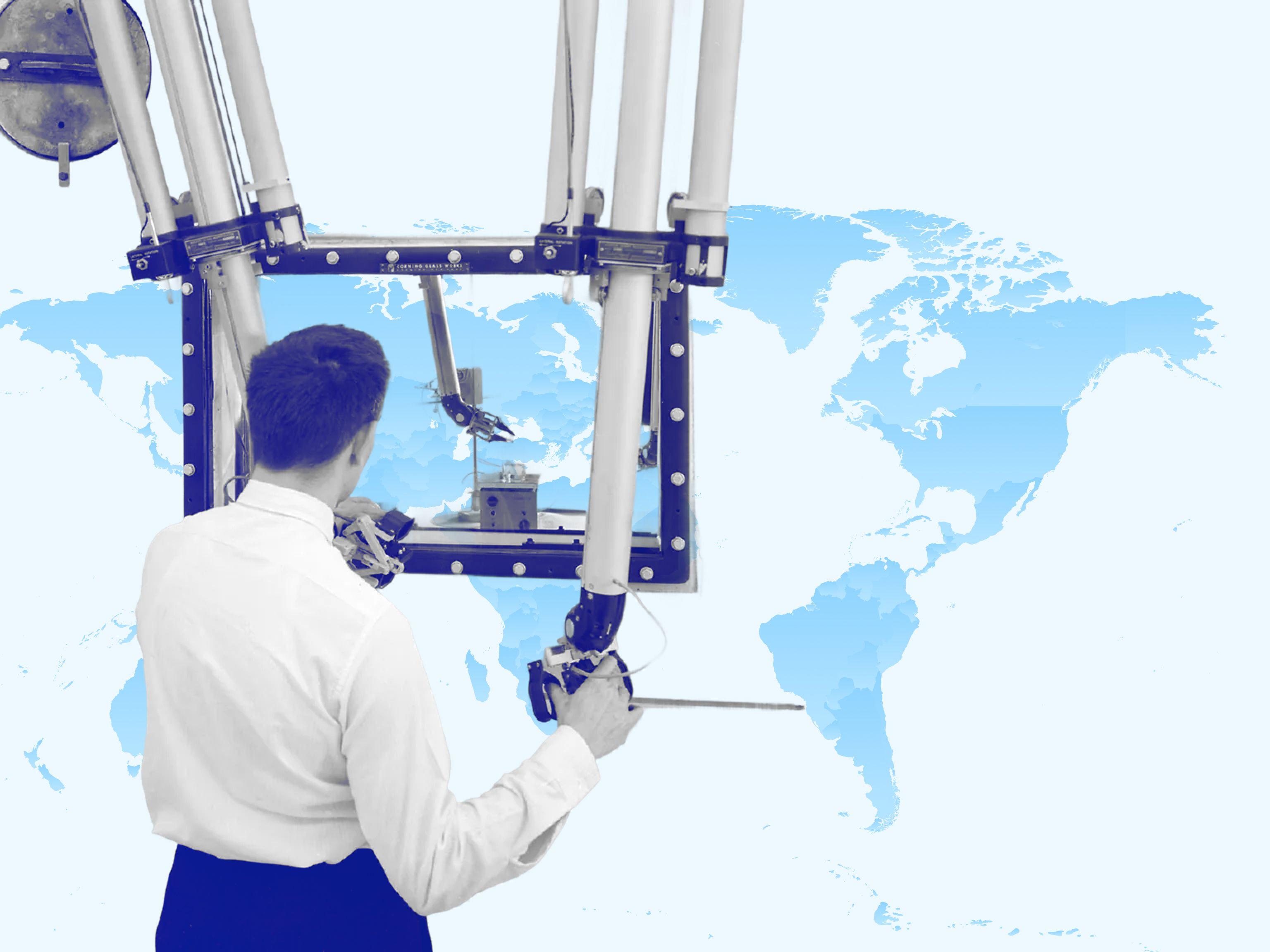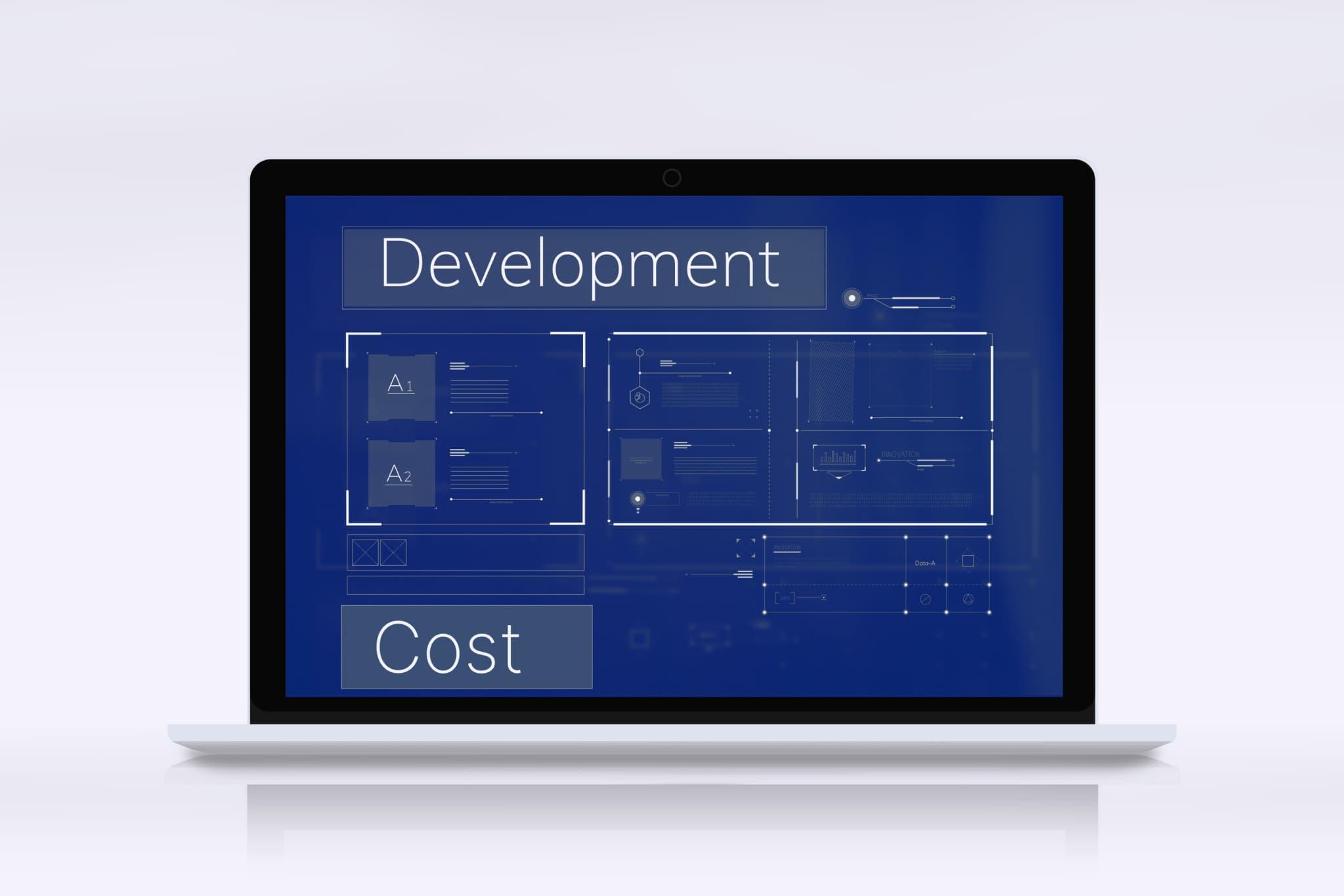
- App Development
- Healthcare Software
- Project Management
How Much Does Telemedicine App Development Cost?
Learn about the factors that shape telemedicine app development cost and the best ways to manage them.
April 4, 2024 | Updated on November 24, 2025 | 10 min

Alex Padalka
CEO and Co-founder at JetBase
Table of Contents
- Why Telemedicine Software is a Worthwhile Investment
- Analyzing the Costs of Telemedicine Software Development
- Ways of Managing Telemedicine App Development Costs
- Must-Have Features for Telemedicine Apps
- How to Monetize a Telemedicine App
- How Can JetBase Help You with Telemedicine App Development?
- Conclusion
- FAQ
Our Cases
Innovation isn’t just about ideas - it’s about execution, turning vision into reality, and creating solutions that truly make an impact. See what we’ve built and how it works:
- HealthCare
- Media & Entertainment
- eCommerce
- Amazon Web Services
- Cloud Cost Optimization
- Serverless Application
- Retail
- HealthCare
- Media & Entertainment
- eCommerce
- Amazon Web Services
- Cloud Cost Optimization
- Serverless Application
- Retail

